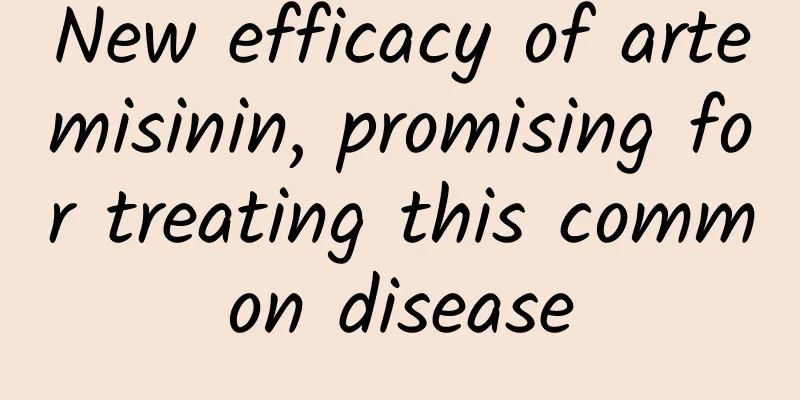Ovarian cysts during menstruation

|
Ovarian cysts are very common female genital tumors and can appear on one side or on both sides. Generally speaking, ovarian cysts are benign cysts, but they also have a certain chance of becoming malignant. After discovering ovarian cysts during menstruation, it is necessary to find the cause and treat it in time. After all, it is hereditary. If it is not effectively solved, it may even endanger the health of the next generation. Causes 1. Genetic factors According to statistics, 20% to 25% of ovarian tumor patients have a family history. 2. Endocrine factors The ovaries are important organs for ovulation and secretion of gonadal hormones. Ovarian tumors often occur during the reproductive age. Clinically, the basic pathophysiological change in many patients with ovarian cysts and polycystic ovary syndrome is that the ovaries produce too much androgen, and the excessive production of androgen is the result of the synergistic effect of abnormal functions of multiple endocrine systems in the body. 3. Lifestyle factors Long-term bad diet structure, living habits, and excessive psychological stress can lead to physiological ovarian cysts and true ovarian tumors. 4. Environmental factors Food contamination, such as plant growth hormones used in vegetables, and hormone ingredients such as clenbuterol in formula feeding of livestock and poultry. In recent years, with the improvement of living standards and changes in eating habits in my country, as well as the abuse of hormone drugs and tonics such as breast augmentation, weight loss, and anti-aging by some young and middle-aged women, the high incidence and younger age of ovarian tumors may also be related. treat Surgical treatment: The treatment of ovarian cysts depends on factors such as the patient's age, whether it is malignant, the location, volume, size, growth rate of the cyst, whether the reproductive function is preserved, and the patient's subjective wishes. 1. Surgical treatment of benign ovarian cysts (1) Ovarian cystectomy. This procedure is often used in young patients, especially premenopausal patients, while preserving normal ovarian tissue as much as possible. (2) Salpingo-oophorectomy: Older patients (over 45 years old) or postmenopausal patients can undergo unilateral or bilateral salpingo-oophorectomy. 2. Surgical treatment of malignant ovarian cysts (1) Most patients are already in the advanced stage when they seek medical treatment, so every effort should be made to remove the primary cyst and any visible pelvic and abdominal metastases. (2) Consider placing a catheter in the abdominal cavity to facilitate the postoperative intraperitoneal injection of chemotherapy drugs. |
<<: Right ovarian polycystic manifestations
>>: How to rule out polycystic ovary
Recommend
What is the reason for a lot of blood clots during menstruation?
Adult women normally have their menstrual period ...
Health reminder | As autumn approaches, be vigilant against Norovirus!
As the Cold Dew season has passed, the cold air h...
Can taking a sitz bath with mugwort water cure gynecological inflammation?
Women may suffer from various gynecological infla...
Is it okay to have an abortion and treat cervical erosion at the same time?
Abortion is a must. If a woman has inflammation o...
Why can't pregnant women eat mango?
There are many foods that women need to avoid dur...
How to control excessive amniotic fluid
Excessive amniotic fluid has a great impact on th...
When is the best time to drink lemon water? The correct way to make lemon water
Lemon is really a good thing. This method is simp...
How to treat pulpitis in pregnant women
Pregnant women are women who are pregnant. Pregna...
What are false wrinkles? What are true wrinkles?
As we age and are affected by external factors, w...
Why do women get acne on their foreheads?
It is not difficult to find in life that although...
How long does it take to get your period after taking progesterone?
Menstruation is a normal physiological phenomenon...
What can I eat to get better quickly from lung heat and cough? Recommended 7 treatment methods
Lung heat cough is a common cough caused by lung ...
I didn't have my period but I have pink blood
The color of menstrual blood can reflect a woman&...
What are the signs of lung cancer in women?
Although there are many types of diseases, most o...
Will ovulation still occur if menstruation is delayed?
Some women often have delayed menstruation due to...









